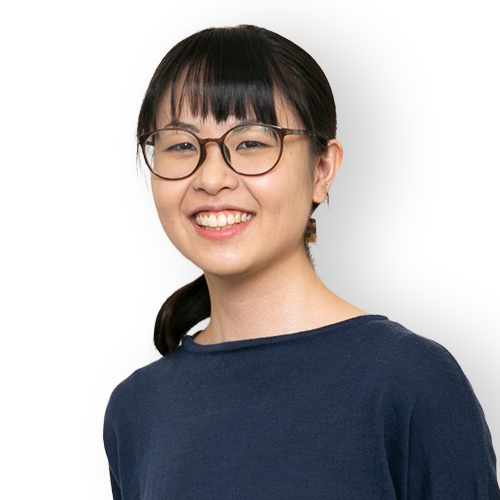Breaking the mold—a jaw-dropping medal game
I've been captivated by medal games ever since I first played with one in kindergarten. I was so obsessed that I even bought an electric motor and made one of my own for my parents to play. From an early age, I've always enjoyed coming up with fun concepts that I'd turn into games for people to play. During high school, I realized I wanted to pursue a career in planning and design at a manufacturing company.
In university, I chose to major in programming in the department of informatics. I was also on my university's school festival committee. Programming is crucial when it comes to building simulations, and my background in creating pamphlets and posters for the committee has also been useful in meetings with designers.
I set my sights on the game industry during my job search, and despite having multiple companies reach out to me, my desire to create a medal game ultimately led me to choose SEGA. The company being the developer behind my favorite medal game also played a huge factor.
In my opinion, "Galileo Factory" is still hands down the most impressive medal game out there. It breaks away from the conventions of traditional medal games. Instead of the typical medal system, balls will drop down and how they fall determines your chances of hitting the jackpot. I figured there'd never be a dull moment working at a company that came up with something so brilliant and innovative.
The opportunity to experience all facets of being a game designer in your first year
I'm a medal game designer. My responsibilities vary from writing specifications to debugging, testing, and coming up with suggestions to improve a medal games currently in development. In addition, I actively seek out methods to ensure our customers have a great experience while also considering the financial performance of the arcade. Being able to see the reactions of our customers as they're playing our games makes it all worthwhile.

One of the standout aspects of SEGA is the degree of autonomy given to first-year employees in game production. Not long after joining the company, I was put on the Development Team for a horse racing game and put in charge of updating its featured content. At first, I was at a loss for what to do, so I read up on all the documentation for the project and brought any queries I had to my senior colleagues. From the outset, I'd been entrusted with all the tasks required of a game designer—from writing specifications to managing the schedule. It was an extremely valuable experience.
There was definitely a lot of pressure. But I was over the moon when I saw the completed game cabinet with the specifications I had given the designers and programmers.
Creating an innovative game that embraces everyone's input
All the staff at SEGA are incredible people. Everyone here is friendly and approachable, which makes it easy to seek assistance when I have work-related questions.
SEGA is full of individuals with different mindsets―some approach things logically, while others lean towards more intuitive thinking. I personally believe having a melting pot of different opinions and ideas is the key to creating an innovative game.
During brainstorming sessions, I find myself constantly inspired by the ideas put forth by my senior colleagues. I firmly believe SEGA is the only company where individuals, regardless of their job position, have the freedom to engage in open and unrestrained debates.

One day, I'd like to become a director and create a revolutionary coin pusher game like "Galileo Factory". To achieve this, I want to get better at communicating my ideas more convincingly, as well as brush up on my knowledge of machinery. Medal games are created by assembling various mechanisms. Therefore, gaining a better understanding of the inner workings will give me the foundation to come up with fresh, new ideas.
If you want to do what you love for a living, SEGA is a company equipped with everything you need to transform your dreams into reality. In this job, we're thinking about games 24/7. So, if you're obsessed with games and can't get enough of them, we'd love for you to join us. If you could see your goals being fulfilled at SEGA, I strongly encourage you to apply.
*This interview was conducted during the second year of employment.
10:30 AM Arrive at the office and check my email, schedule, and tasks for the day.
11:00 AM Write up specifications and try to make them clear and easy to understand.
12:30 AM Break for lunch with my coworkers at the company cafeteria.
1:30 AM Game cabinet debugging: I play them from the perspective of our users.
3:00 PM Brainstorming session: Discuss any issues with my team.
6:00 PM Outline submission: I create an outline that I submit to the director for review.
7:30 PM Leave the office. After I get home, I cook and relax.

STAFF INTERVIEWS
















